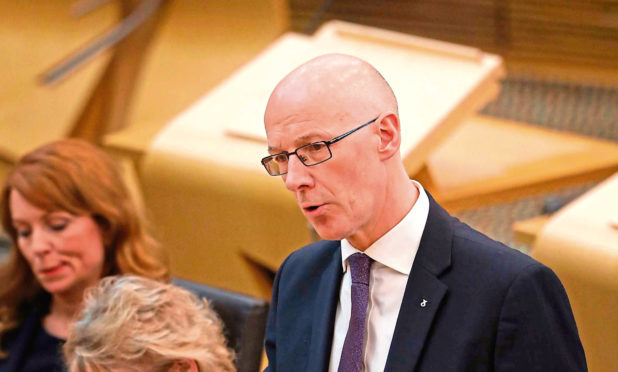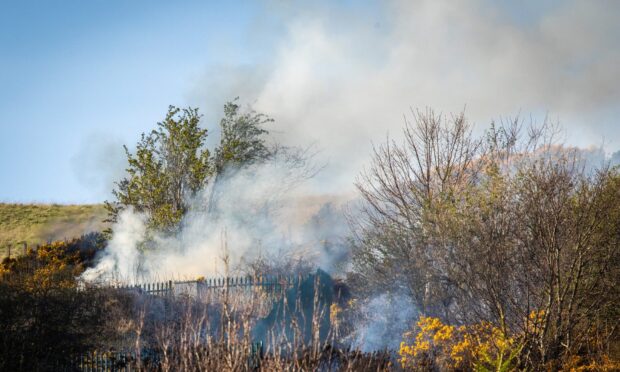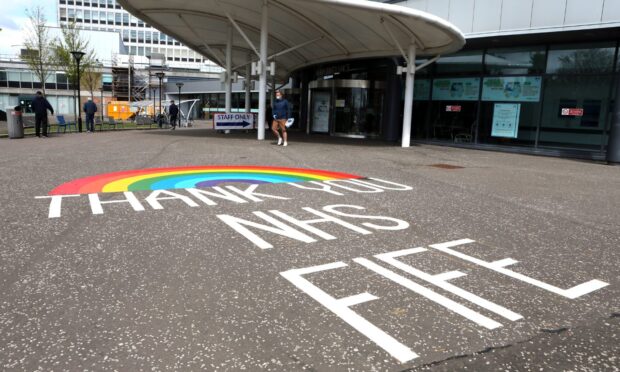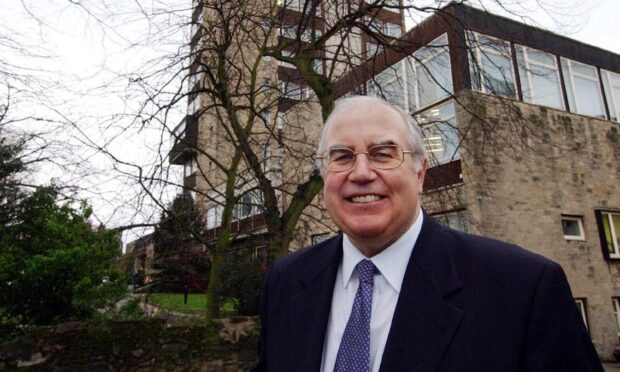Parents have blamed the “secretive” rollout of national testing for the political frenzy surrounding the policy.
The National Parent Forum of Scotland (NPFS) said the Scottish Government’s reluctance to share information on the controversial assessments at the outset allowed “fear and anxiety” to spread.
MSPs begin their inquiry into Scottish National Standardised Assessments (SNSA) on Wednesday after parliament voted in September to scrap them for the youngest pupils.
Education Secretary John Swinney refused to do so and instead launched an independent review of the tests for four and five-year-olds, which also starts this month.
Fife Council last month defied Mr Swinney by voting to stop running the P1 tests.
The NPFS has criticised the approach taken by the Scottish Government at the beginning, which they say left parents in the dark over why SNSA is needed.
“We acknowledge, but still dispute, Scottish Government’s reason for not highlighting the SNSA rollout to parents,” the group wrote in a submission to Holyrood’s education committee.
“They believed it would result in unnecessary profile-raising.
“But, as NPFS made clear at the time and we then saw earlier this year, when there is a vacuum of information it allows fear and anxiety to spread.”
The forum added: “We are now in a situation with SNSAs that is entirely unacceptable: our children’s education is being used to score political points.”
The literacy and numeracy tests were introduced in 2017 for pupils in P1, P4, P7 and S3 with the aim of helping teachers judge a child’s progress.
Politicians and teacher unions have raised concerns about the amount of time and resource being consumed by the P1 tests, when they say a play-based approach to learning is required.
There have also been reports the tests have caused stress and anxiety for pupils.
In its submission to the Scottish Parliament inquiry, the union EIS said they are “truly baffled” by the Scottish Government’s fixation with standardised tests when “no-one in Scotland has come forward laden with evidence of the virtue of such a model”.
“On the contrary, there is a strong evidence base to suggest that large-scale standardised testing/assessment is an inhibitor of equity, and of student wellbeing which is inextricably linked to young people’s ability to make good progress in their learning.”
Christine Merrell, a Durham professor who has developed assessment systems, said: “Baseline assessment is an essential component of monitoring progress across the primary phase, and the start of Primary 1 is a good starting point for monitoring.”
Strathclyde University’s education school said while there are pitfalls that “does not mean that a standardised assessment system is to be avoided”.
The Scottish Government says improving the data on pupil performance is vital to helping children fulfil their potential.
Its submission said: “By expanding that evidence base and by providing diagnostic information to teachers and schools to help them tailor future teaching and learning, the SNSA are a key part of that reform and improvement agenda.”









